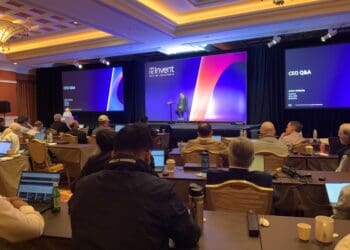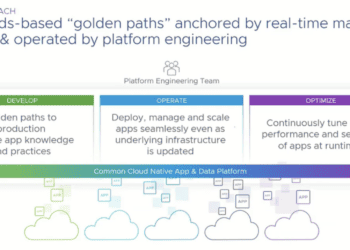Understanding Serverless Computing
First off, there are servers in serverless computing. However, the construct of servers is a throwback to a time when the only way to develop distributed applications was to focus on the server as the base component of the infrastructure. In the server-centric model of distributed systems, developers needed to understand their CPU, Memory and OS requirements. An argument could be made that coders only need to concern themselves with code. That’s the point of serverless.
Public Cloud Market
The goal of serverless services such as Lambda, Azure Functions, and Google Compute Cloud Functions is the abstract away the infrastructure. Application developers write code that resides in repositories within these services. An event such as a writing a file to an object store or SQL query initiates the stored function.
Outside of offering a simplified abstraction, serverless provides the ability to reduce cost by increasing efficiency of running code. Some processes only run as a result of an event. For this reason, serverless is sometimes referred to event-driven computing or Functions as a Service (FaaS).
An example of a different type of computing is data services. Take a database as an example. Databases must serve as permanent storage for services such as payroll processing. While the payroll process may only run once a week, the database hosting the data must run consistently to serve other dependent systems such as time tracking systems.
Reduce Costs
In server-centric computing, organizations may dedicate entire server instances to waiting on an event to trigger a function. In the era or cloud that wait time translates to wasted cost. The serverless code only consumes computing resources once called upon. Therefore, services such as Lambda optimize spend. Some customers my eliminate entire EC2 instances and primarily receive compute for free up to 1 million requests a month.
There are drawbacks to this service. You can’t build an entire enterprise application only event-driven functions. You must have persistent storage for example. Another consideration is security. Since there is no network address associated with a Lambda instance, there’s no endpoint to filter on a firewall. Lambda and the other services noted above are only available in each cloud providers infrastructure. The services are also not interoperable.
Learn More
If you want to learn more about serverless and the options for on-premises solutions that integrate with your organization’s security and development strategy, join me for a webinar on the topic. The webinar will be October 31st, 2017, at 11:00 CT or 12:00 ET. Register here.
Share This Story, Choose Your Platform!

IT infrastructure subject matter expert (Cloud, Virtualization, Network & Storage) praised for transforming IT operations in verticals that include Pharma, Software, Manufacturing, Government and Financial Services. I’ve lead projects that include consolidation of multiple data centers and combining disparate global IT operations. “Three letter” Federal agencies have called upon me to lead the modernization of critical IT communication platforms.




